There can be your advertisement
300x150
Perfect Kitchen: What Floor Covering to Choose?
Second part of the review by Nadezhda Kuzina
Continuing to design the kitchen – in the previous post, Nadezhda Kuzina explained how to choose a layout and properly zone the kitchen. Now it's time for finishing – let's decide on floor covering.
Nadezhda Kuzina - Interior Designer, Decorator
Bamboo
An eco-friendly and quite durable material. One downside – dents can easily form on some bamboo coverings.

Carpet
As with carpets, not very functional flooring – you know how often it needs cleaning. Of course, there are carpet tiles that can be replaced as needed or removed for cleaning, but they don't look attractive.

Concrete
Perfect for a kitchen in a country house. Very durable, can handle heavy loads and looks great. However, concrete floors are very cold and get easily stained – you'll need to take care of a heating system.

Cork Flooring
A pleasant natural material. Pros: sound insulation, softness, eco-friendliness, warmth – and dishes will stay intact. But imagine what happens when water spills on it. Also, dents and scratches remain on cork. These issues can be avoided by using adhesive coating.
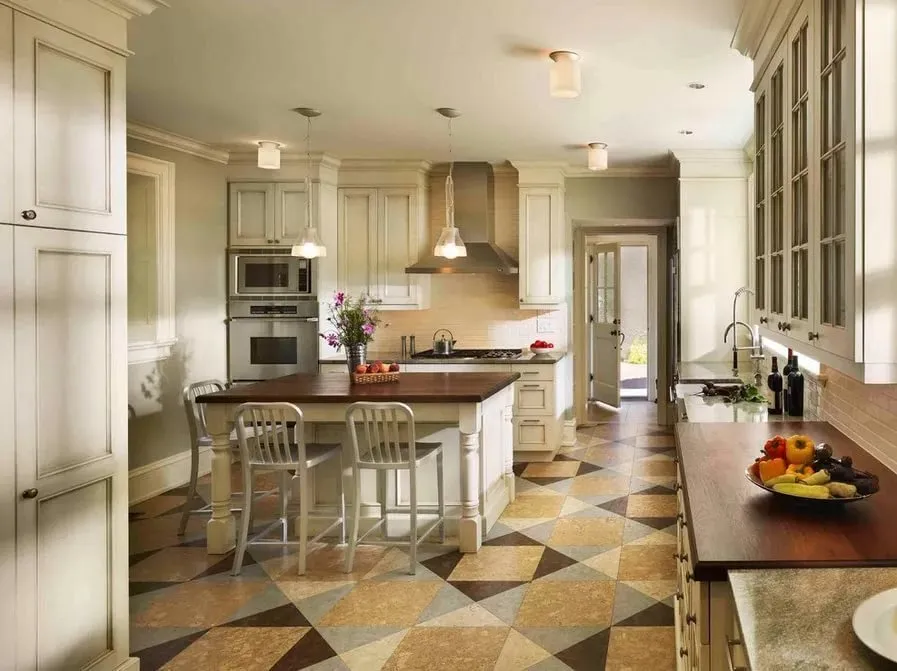
Laminate
An economical choice for any kitchen. Choose Class 33 with increased wear resistance – it's soft, provides warmth, and is easy to install.
Electrical floor heating systems cannot be installed under laminate – water or infrared film heating systems are suitable. To prevent the laminate from warping, humidity in the kitchen should not be below 50%.

Recycled Rubber Granules
Has similar characteristics to cork: warm, durable, and slip-resistant. The range of colors and textures is much wider. Drawback – it quickly gets stained with oily spots and has a strong smell.
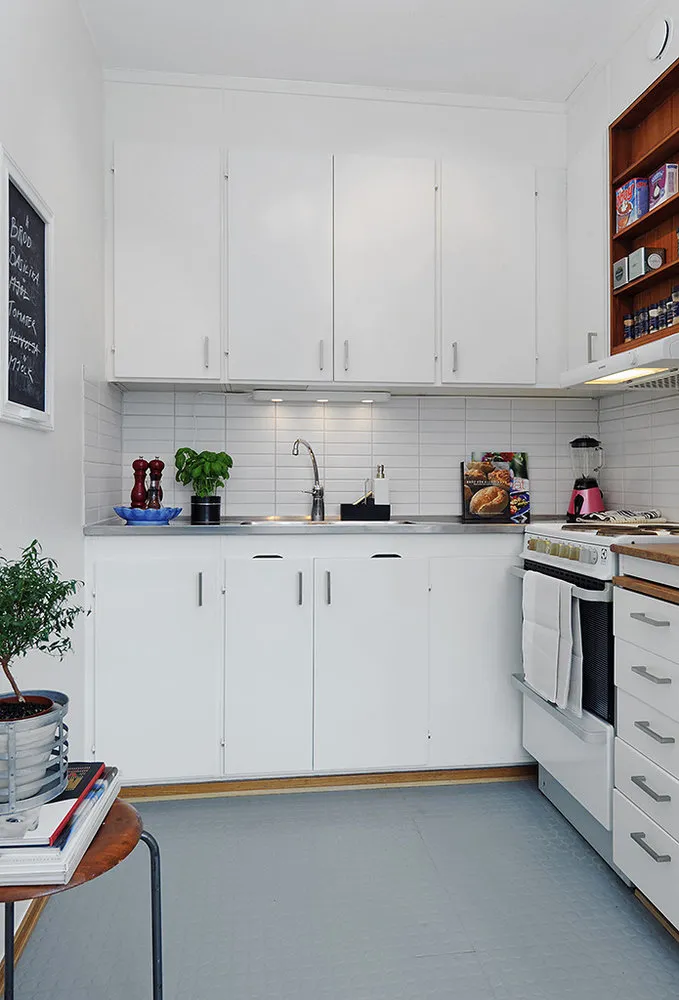
Stone
Pros: hardness, monolithic structure, easy maintenance. Cons: some types of stone can stain easily. Stone also sometimes needs re-sanding, and it's fragile and prone to scratches. Tiles with patterns may vary significantly – you'll have to try hard to find the right combination.
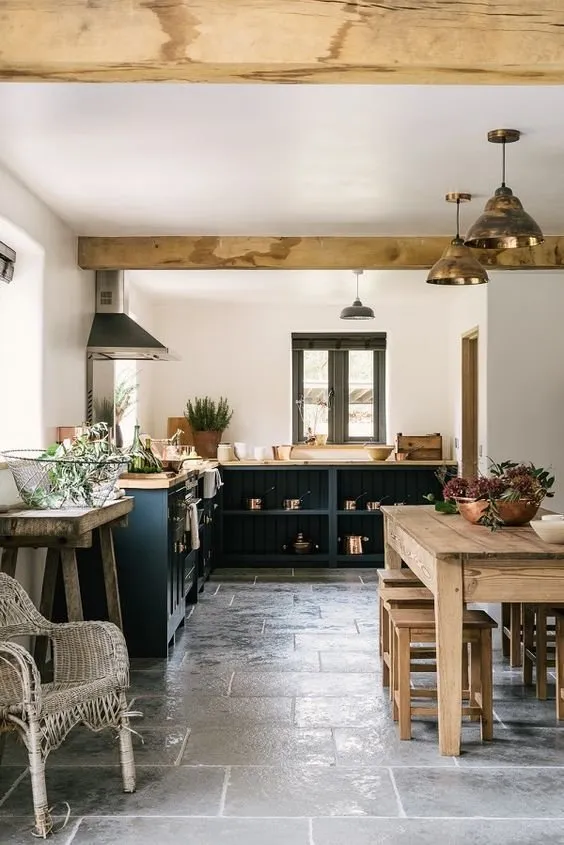
Linoleum
One of the most water-resistant materials. You can find it in any construction store, and the colors and textures are very diverse. Cons: linoleum is hard to install. If of low quality, it may contain harmful substances and allow moisture through.
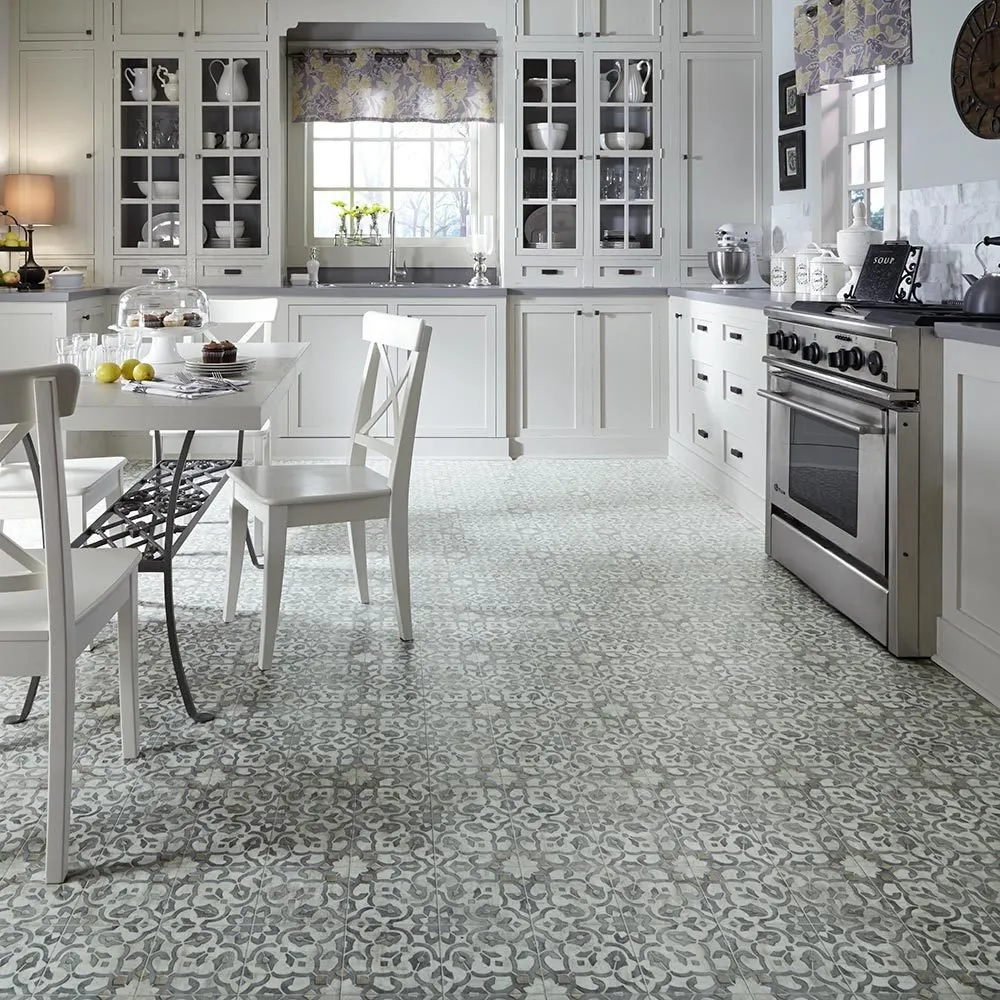
Natural Parquet
The main advantage – eco-friendliness. Also, in my opinion, it's one of the most aesthetic materials. Cons – without special treatment, it absorbs moisture, requires regular lacquer renewal, and scratches are inevitable.
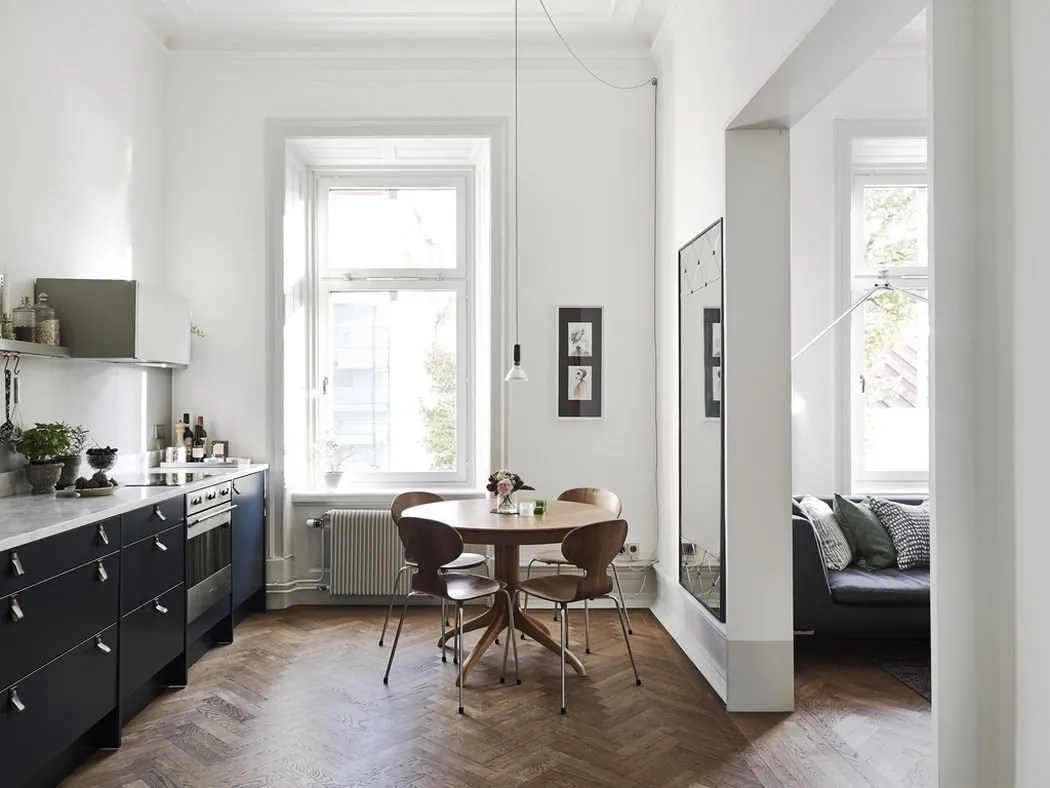
Read also:
- Kitchen of the Future: 7 Trends
- Photo Collection: Kitchens by Designers
- Lighting in the Kitchen and Kitchen-Dining Room: Principles of Light Design
More articles:
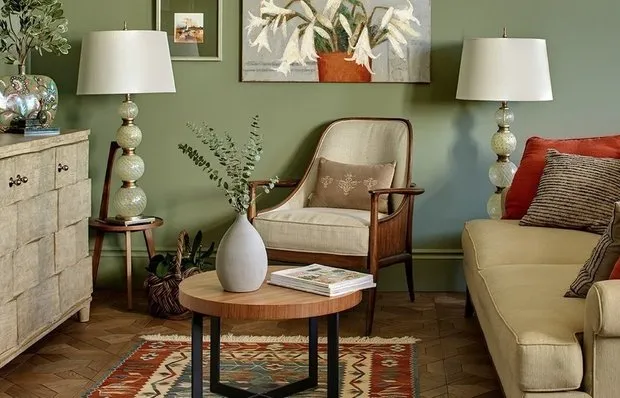 Best Country Houses: 10 Hits of 2017
Best Country Houses: 10 Hits of 2017 Round Twin Beds in Bedroom Interior: Stylish and Unusual
Round Twin Beds in Bedroom Interior: Stylish and Unusual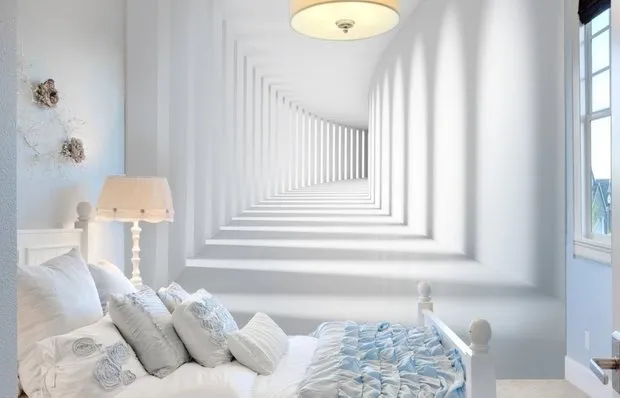 Photo Wallpapers That Expand Space: Design Tips
Photo Wallpapers That Expand Space: Design Tips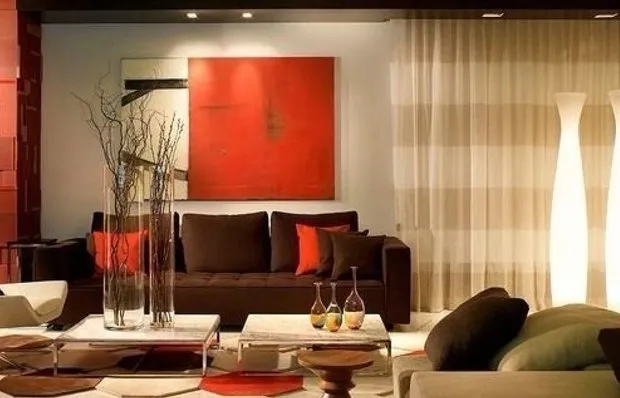 Living Room in Hi-Tech Style
Living Room in Hi-Tech Style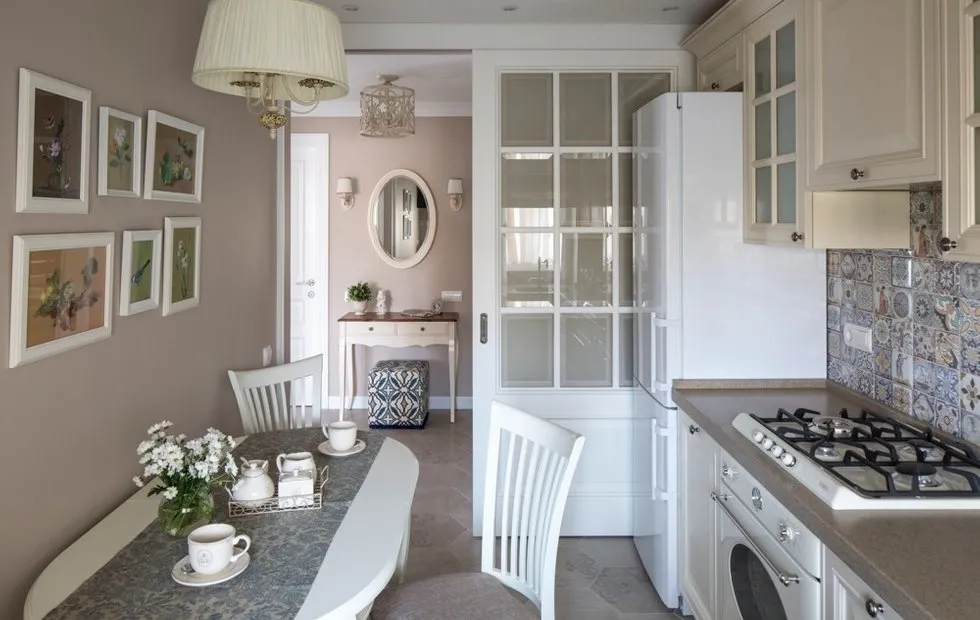 Photos You Most Often Saved to 'Favorites'
Photos You Most Often Saved to 'Favorites'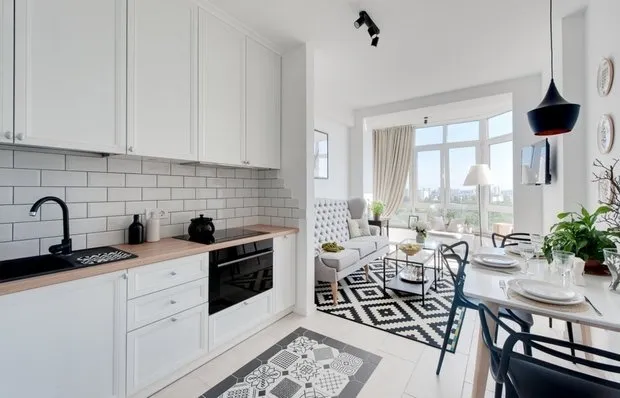 10 Posts That Didn't Leave You Indifferent
10 Posts That Didn't Leave You Indifferent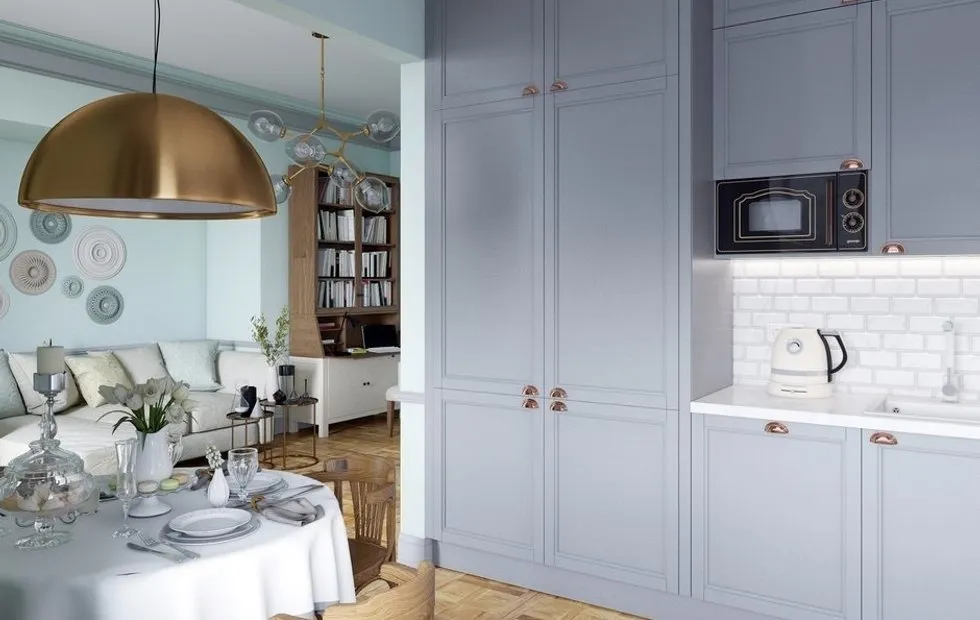 Apartment for a Family with a Child and Pets: Alena Yudina's Project
Apartment for a Family with a Child and Pets: Alena Yudina's Project Decorating Interior: 8 Places in Apartment You Forgot About
Decorating Interior: 8 Places in Apartment You Forgot About